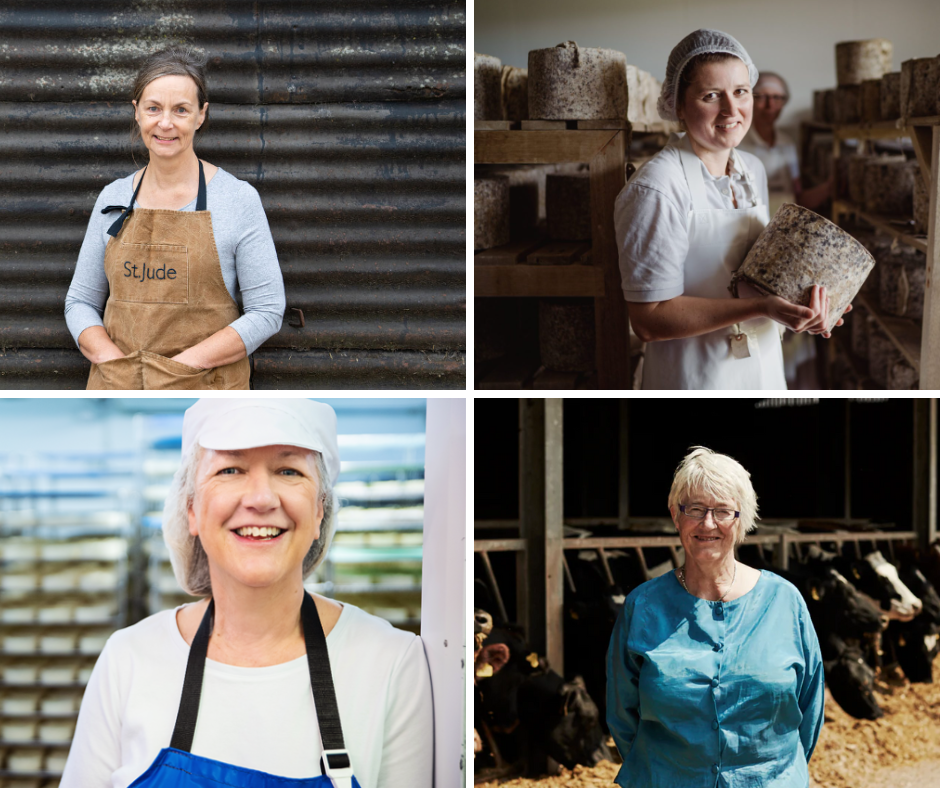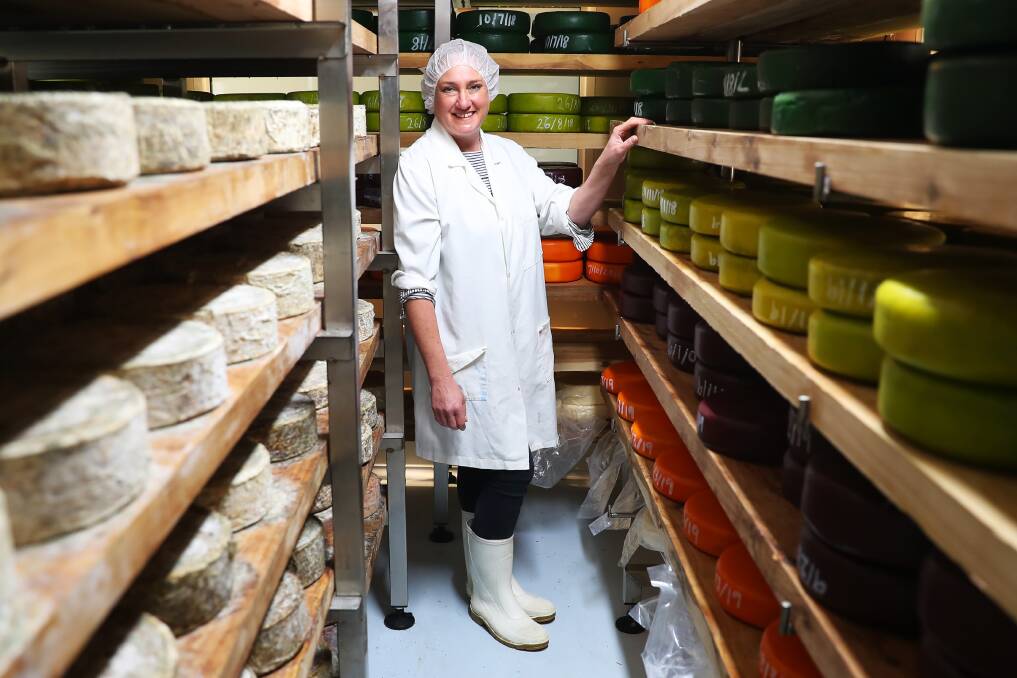A Preference of Authenticity: Floridia Cheese Melbourne and Its Craftsmanship
A Preference of Authenticity: Floridia Cheese Melbourne and Its Craftsmanship
Blog Article
Opening the Tricks of Artisanal Cheese Making: A Detailed DIY Overview
In the world of cooking workmanship, artisanal cheese making stands as a testament to the fragile balance in between practice and technology. Each action in the process, from picking the appropriate milk to developing aging methods, holds within it a wide range of knowledge passed down through generations. As we start this trip to demystify the art of producing elegant cheeses, we are faced with a tapestry of secrets and skills waiting to be unraveled. Join us as we discover the complexities of this ancient craft, where art, persistence, and science converge to create flavors that tantalize the detects.
Choosing the Right Milk
When starting the trip of artisanal cheese making, the option of milk plays a critical role in determining the top quality and attributes of the end product. The kind of milk picked influences the taste, appearance, and in general account of celebrity. Raw milk, right from the pet, is preferred by several artisanal cheesemakers because of its special mix of enzymes, bacteria, and taste substances. Using raw milk comes with threats and guidelines, making pasteurized milk a more secure option for beginners.
In addition, the resource of the milk, whether from cows, goats, sheep, or buffalo, contributes unique flavors and features to the cheese. Each type of milk brings its own nuances, enabling for a broad range of cheese varieties to be crafted based on the chosen milk.
Culturing and Coagulating
To initiate the cheese-making process, the important actions of culturing and coagulating have to be very carefully performed to change milk into curds and whey. The kind of society made use of can substantially impact the flavor, appearance, and ripening of the final cheese item.

The timing and temperature control throughout culturing and coagulation are vital variables that influence the last end result of the cheese. Proper execution of these steps is vital to make sure the desired appearance, taste, and uniformity of the artisanal cheese being produced.
Draining and Pressing Curds
After the milk proteins have coagulated and the curds have been reduced to launch whey, the following critical step in artisanal cheese making includes draining pipes and pushing the curds to attain the preferred texture and uniformity of the last cheese item. Draining pipes is the procedure of dividing the curds from the whey. This can be done by transferring the curds right into a cheesecloth-lined bowl-shaped sieve or mold and permitting the whey to drain pipes off naturally. The moment for draining can vary depending on the sort of cheese being made and the preferred dampness web content.
Pushing helps expel any kind of continuing to be whey and compacts the curds to form a solid cheese wheel. Appropriate draining pipes and pressing are essential steps that considerably impact the quality and qualities of the artisanal cheese being created.
Aging and Flavoring Strategies
Applying thorough aging and flavoring methods is pivotal in enhancing the deepness and intricacy of artisanal cheeses, elevating their taste accounts to splendid levels of refinement and refinement. Aging plays an important role in creating the one-of-a-kind flavors and textures that distinguish artisanal cheeses.
Flavoring methods likewise contribute considerably to the last taste of artisanal cheeses. Cheesemakers may choose to present added flavors by including components such as herbs, spices, or also fruits into the cheese during the manufacturing procedure. In addition, some cheeses are cleaned or scrubed with different fluids, such as salt water or alcohol, to improve their textures and flavors.
Wrapping and Storing Cheeses

Final Thought
To conclude, understanding the art of artisanal cheese making includes very carefully selecting the right milk, complying with accurate culturing and coagulating processes, draining pipes and pushing curds effectively, and using different aging and flavoring methods. By adhering to these steps carefully and with interest to detail, you can create your very own delicious and unique cheeses in your home. Keep in mind to cover and keep your cheeses effectively to make certain optimum taste and structure advancement. Happy cheese making!
Each type of milk brings its own subtleties, enabling for a broad array of cheese selections to be crafted based on the picked milk.After the milk Recommended Site proteins have coagulated and the curds have been reduced to release whey, the next vital step in artisanal cheese making entails draining and pressing the curds to accomplish the preferred appearance and consistency of the final cheese item. Most cheeses ought to be covered in wax paper or cheese paper to enable them to take a breath while protecting them from drying out. For cheeses that need to proceed aging, such as bloomy rinds or washed peels, ensure they are stored in a trendy setting like a cheese cave or a refrigerator established to the suitable temperature level. By paying interest to the wrapping and storage of artisanal cheeses, cheese manufacturers and fanatics can protect the integrity of these specials and completely enjoy their complicated tastes.
Report this page